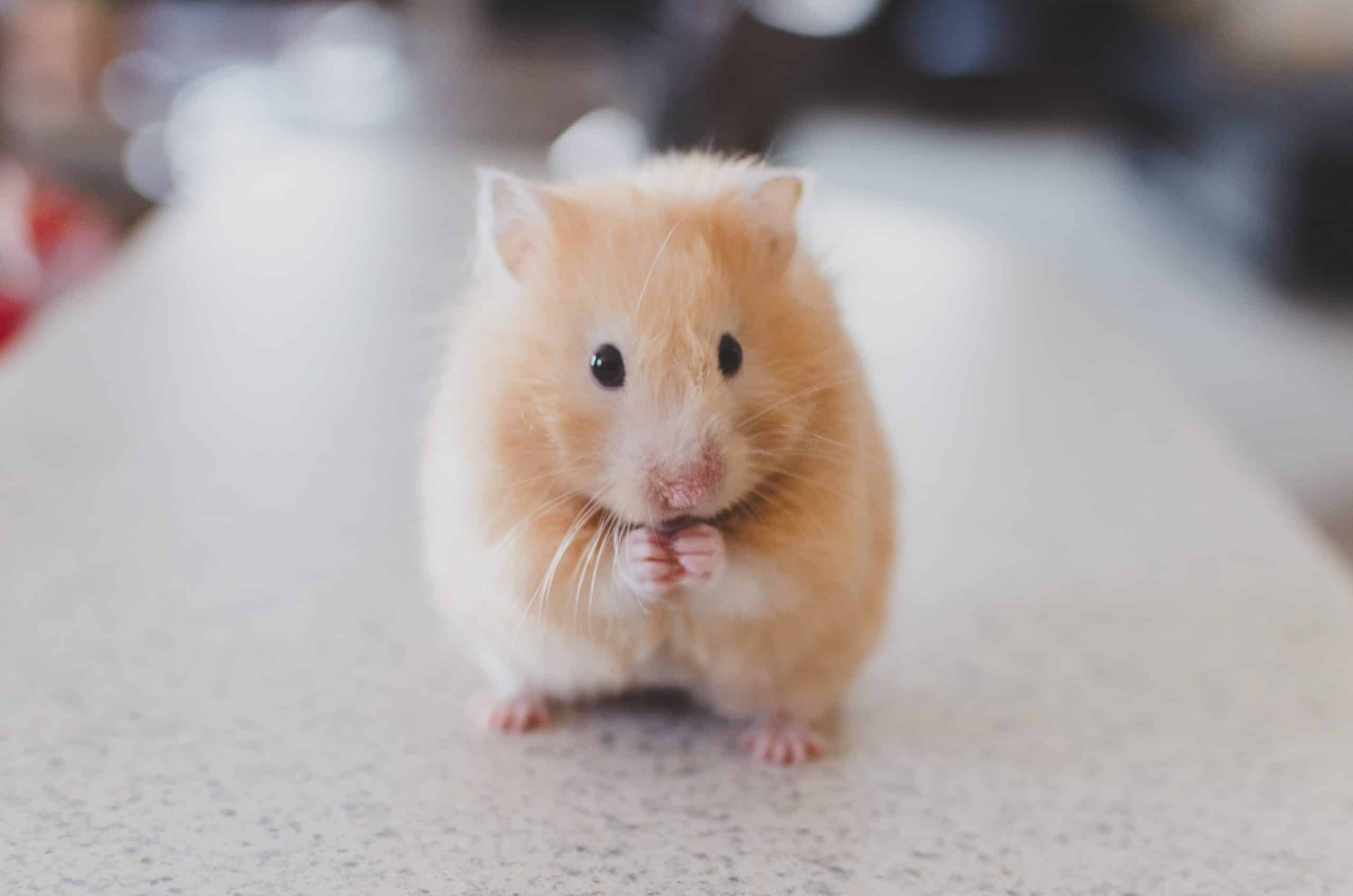
How to deal with aggression in small pets like hamsters?
If you’ve ever been nipped by a tiny set of teeth or faced the furrowed brow of an irritable hamster, you know that aggression in small pets is no small matter. Indeed, our beloved small animals, from hamsters to guinea pigs, can display aggressive behavior that may be perplexing and concerning. While these creatures are often seen as docile and low-maintenance pets, understanding the intricacies of their behavior is crucial for a harmonious human-animal bond.
In the following article, we will delve into the various factors that can cause aggression in small pets, the signs to watch for, and the strategies to manage and minimize these unwelcome behaviors. Whether you’re a new pet parent or a seasoned animal enthusiast, this comprehensive guide will provide you with the tools you need to foster a peaceful and happy environment for both you and your small furry friends.
A lire en complément : Why is my bird plucking its feathers?
Understanding Small Pet Aggression
Before you can effectively address aggression in your small pet, it’s imperative to understand what aggression is and why it may occur. Aggression is a natural behavior in animals, often associated with territory, fear, mating, or the presence of a perceived threat. Small pets, such as hamsters, guinea pigs, mice, and rats, are no exception.
The Roots of Aggressive Behavior
Small pets exhibit aggression for a variety of reasons. It could stem from genetics, a lack of socialization at a young age, or environmental factors like an overcrowded or inadequate cage. Hormonal changes can also play a significant role, especially in animals that have not been spayed or neutered.
Dans le meme genre : How to teach your dog to play fetch?
Recognizing the Signs of Aggression
Signs of aggression in small pets include biting, hissing, lunging, and puffing up their fur to appear larger. These behaviors may be directed at humans, other pets, or even inanimate objects. It’s crucial to monitor your small pet’s behavior closely as these signs can be subtle in smaller animals.
Creating a Safe and Comfortable Environment
A key element in managing aggression in small pets is ensuring that their living conditions are suitable and stress-free. The design and size of the cage, the type of bedding used, and the overall cleanliness can all affect your pet’s temperament.
Importance of Proper Housing
Small animals require ample space to explore, play, and rest. Cages with plenty of room, separate areas for sleeping and eating, and a clean environment will help reduce stress levels, which in turn can decrease aggressive tendencies. Additionally, consider the location of the cage; it should be in a quiet area away from loud noises and high traffic.
Choosing the Right Bedding and Accessories
The kind of bedding you provide and the toys and accessories in the cage can also impact your pet’s behavior. Bedding should be non-toxic, absorbent, and changed regularly to prevent irritation and health issues. Toys and enrichment items should be safe and appropriate for the size and species of your small pet.
Training and Socialization
Training is not just for dogs and cats; small pets can benefit from it too. Early socialization and gentle handling can make a significant difference in preventing aggressive behavior. Engaging with your small animal in a positive and consistent manner will build trust and reduce fear.
The Value of Positive Reinforcement
When training your small pet, use treats and praise to encourage desired behaviors. Punishment is not effective and can lead to more aggression. Instead, focus on rewarding your pet for calm and friendly interactions, which will reinforce those behaviors.
Handling Techniques
Proper handling is essential to prevent defensive aggression. Always approach your small pet calmly and avoid quick movements that could startle them. Learn how to hold your pet securely but gently, and never force interaction if they seem uncomfortable or scared.
Managing Aggression in Multi-Pet Households
If you have more than one pet, it’s crucial to understand how to manage their interactions to prevent aggression. Introducing new animals gradually and supervising their encounters can help ensure peaceful cohabitation.
Introducing New Pets
When introducing a new small pet to your household, do it slowly and in a controlled environment. Allow the animals to sniff and explore each other without direct contact initially. Watch for any signs of aggression and be ready to separate them if necessary.
Maintaining Harmony Among Pets
To maintain harmony among your small pets, provide each animal with its own space and resources. This includes separate cages, food bowls, and toys. This ensures that competition and territorial disputes are minimized.
Professional Assistance and Resources
Sometimes, despite your best efforts, you may need additional help in managing your small pet’s aggression. This is where professional advice and credible resources come in handy.
When to Seek Professional Help
If you’ve tried various strategies and your small pet’s aggression persists, it may be time to consult a veterinarian or an animal behaviorist. These professionals can assess the situation, rule out medical causes for the aggression, and provide tailored advice.
Utilizing Online Resources
There are also many online resources available to help you understand and manage aggression in small pets. Websites like PetMD Editorial and the Wag App offer informative articles, tips, and access to vet advice that can support you in addressing aggressive behavior.
Conclusion
Dealing with aggression in small pets like hamsters requires patience, understanding, and a proactive approach. By recognizing the signs of aggression, creating a comfortable environment, utilizing positive training techniques, managing multi-pet interactions carefully, and seeking professional advice when needed, you can help ensure a peaceful and loving relationship with your small animal.
Remember, aggression doesn’t have to be an enduring issue. With the right care and attention, even the feistiest of furry friends can become a cherished companion. Keep in mind that each pet is unique and what works for one may not work for another. Stay observant, be responsive to your pet’s needs, and never hesitate to consult professionals for guidance. In doing so, you will pave the way for a harmonious life with your beloved small pets.
